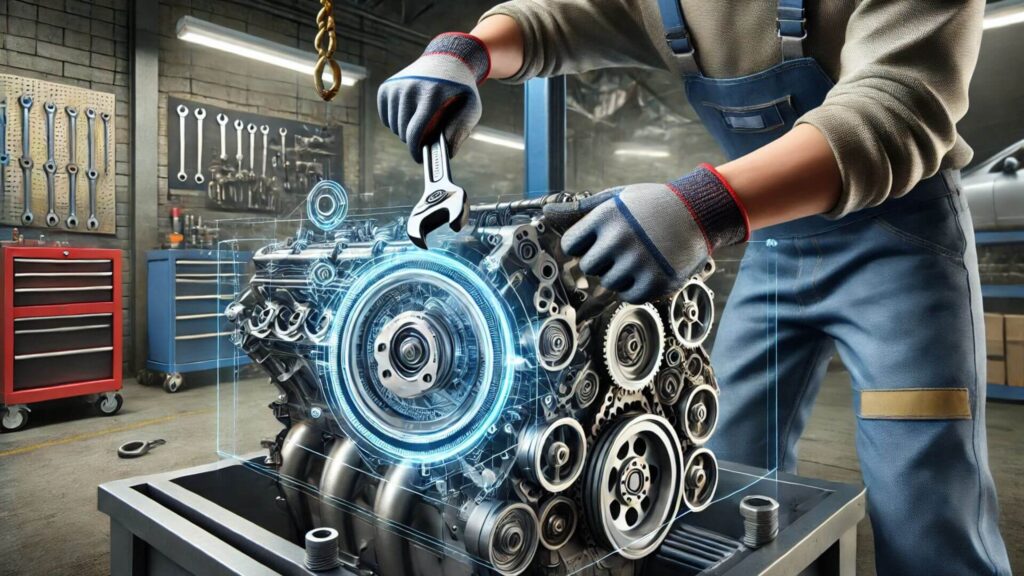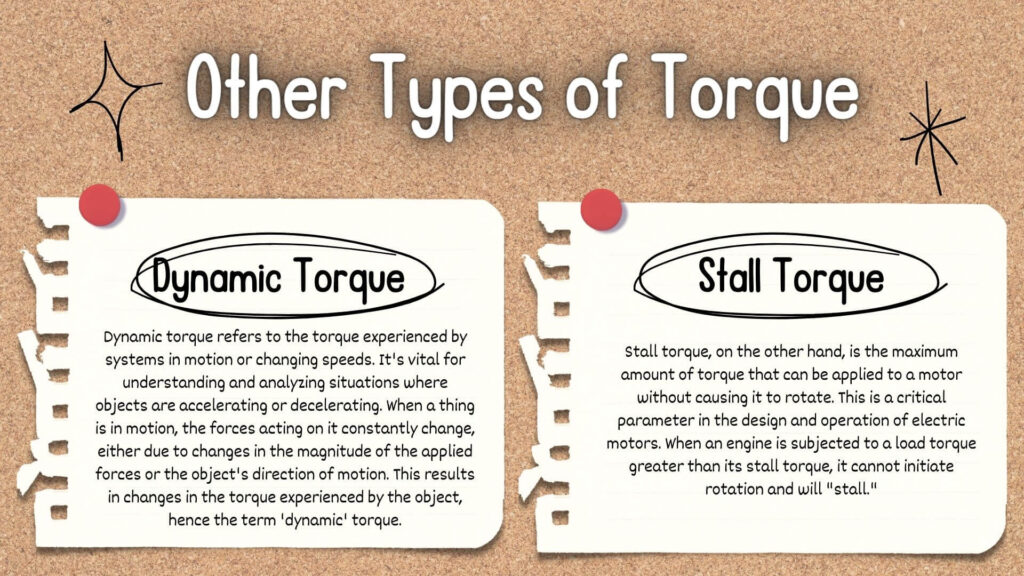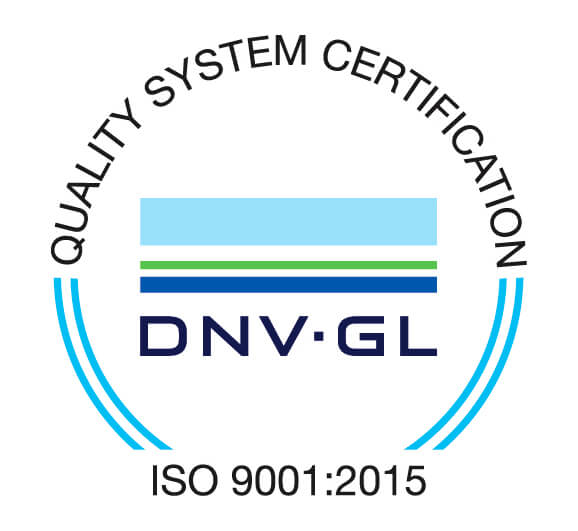Torque has been a fundamental part of engineering for centuries, but it’s often misunderstood. In its simplest form, torque is the force to rotate an object around an axis. But things get more complicated when it comes to static torque—the torque where a single force acts on an object without causing it to move.
This article will explain the fundamentals of static torque and how they can be applied in real-world scenarios. We’ll explore static torque, the equations used to calculate it, and some examples of its use in engineering. We’ll also discuss the advantages and limitations of this type of torque and related concepts, such as torsion and shear force, before providing practical tips on how to measure static torque accurately and safely.
Table of Contents
ToggleWhat is Static Torque?

Static torque is a fundamental concept in physics and engineering. It refers to the torque needed to keep an object at rest from rotating around a fixed axis when an external force is applied to it. In general, torque measures the force capable of causing an object to rotate around an axis.
While dynamic torque measures the twisting force that causes an object to rotate with acceleration, static torque relates to situations where the object remains stationary or at a constant rotational speed.
The Basics of Static Torque
To understand static torque, it’s crucial to understand torque itself. Torque (often denoted by the Greek letter tau “τ”) is a vector quantity, meaning it has both magnitude (size) and direction. The magnitude of torque is calculated as the product of the force applied and the distance from the point of application to the axis of rotation—also known as the moment arm. The direction of the torque vector is perpendicular to the plane formed by the moment arm and the force vector.
Measuring Static Torque and Its Units
Static torque can be measured using torque meters, which often employ strain gauges to detect the tiny deformations caused by the applied torque. The SI unit for torque is the Newton meter (N.m), but other units like foot-pounds (ft. lb) and inch-pounds (in. lb) are also used depending on regional practices and industries.
From Torque to Force: Different Scenarios
Torque and force are related but distinct concepts. While force is a push or pull on an object resulting in its linear motion, torque causes rotational motion. However, they can be converted into each other, given the radius of rotation. If you know the torque (τ) and the radius (r), you can calculate the force (F) using the formula F = τ / r.
Other Types of Torque
Besides static torque, other common types of torque include dynamic torque and stall torque. Here’s an overview of each one:

Dynamic Torque
Dynamic torque refers to the torque experienced by systems in motion or changing speeds. It’s vital for understanding and analyzing situations where objects are accelerating or decelerating. When a thing is in motion, the forces acting on it constantly change, either due to changes in the magnitude of the applied forces or the object’s direction of motion. This results in changes in the torque experienced by the object, hence the term ‘dynamic’ torque.
For example, when you’re driving a car and press the accelerator, the engine produces more torque, causing the car to speed up. This is dynamic torque in action. The exact amount of dynamic torque in a system can vary greatly depending on factors such as the object’s mass; the forces applied to it, and the distance of these forces from the axis of rotation.
Stall Torque
Stall torque, on the other hand, is the maximum amount of torque that can be applied to a motor without causing it to rotate. This is a critical parameter in the design and operation of electric motors. When an engine is subjected to a load torque greater than its stall torque, it cannot initiate rotation and will “stall.”
Manufacturers often provide the stall torque of a motor which can be used to determine the maximum load a motor can handle before it stops working. For instance, motors in the manufacturing industry often drive heavy loads, and understanding the stall torque can help engineers select the appropriate motor for each application.
Additionally, prolonged operation at or near the stall torque can lead to overheating and potential damage to the motor. Therefore, understanding stall torque is crucial for electric motors’ safe and efficient operation.
Torque in Rotational Kinematics and Equilibrium
In rotational kinematics, torque plays a role analogous to force in linear motion. Just like force causes acceleration in linear motion, torque causes angular acceleration in rotational motion. When an object is in rotational equilibrium, the sum of all the torques acting on it is zero, meaning the object is either at rest or moving with constant angular velocity.
Torque, Power, and Energy
Torque is also intricately linked to power and energy. Power, measured in Watts, is the rate at which work is done, or energy is transferred. In a rotating system, power (P) can be calculated from torque (τ) and angular velocity (ω) using the formula P = τ * ω.
Real-World Applications of Static Torque

Understanding and effectively applying static torque is crucial in many industries. In automotive engineering, for instance, static torque is key to understanding and improving engine performance. In product design and manufacturing, knowing the static torque can help ensure the stability and safety of products. Moreover, in the renewable energy sector, static torque measurements can aid in the efficient design of wind turbines.
Measure Torque with DATAMYTE
DATAMYTE, a recognized industry leader in providing robust data collection and quality management solutions, offers a range of torque products designed to enhance accuracy and efficiency in various manufacturing environments.
LightStar™ Torque Wrench
This precise torque-measuring instrument is designed to eliminate false readings that are difficult to detect. The LightStar™ Torque Wrench series technology sensor ensures that the operator can pull at any point on the wrench and will receive an accurate measurement.
DataMyte Torque Solution
This solution provides real-time reporting and torque data collection to continuously improve and monitor torque. It’s a comprehensive system for managing all aspects of torque control, from data collection to analysis and reporting.
New Generation of Digital Torque Wrenches
DATAMYTE has introduced a new generation of their LightStar™ Carbon Fiber Torque Wrench. These digital torque wrenches offer improved performance and accuracy, making them ideal for demanding industrial applications.
These products are part of DATAMYTE’s commitment to providing quality management solutions that enhance actionable results based on collected production data. They are designed to ensure consistent, reliable torque application, improving the quality and reliability of assembled products. Book a demo with us now to see how we can help you achieve your torque accuracy goals.
Conclusion
Static torque is a fundamental concept with wide-ranging applications. By understanding, measuring, and effectively applying it, engineers and scientists can enhance various systems and products’ performance, efficiency, and safety.
In addition, DATAMYTE’s comprehensive torque solutions can help improve accuracy and increase efficiency in the manufacturing process. Now that you know more about static torque, why not put your new knowledge into practice? Contact us today to learn more about our industry-leading Torque Wrenches and Torque Solutions.



